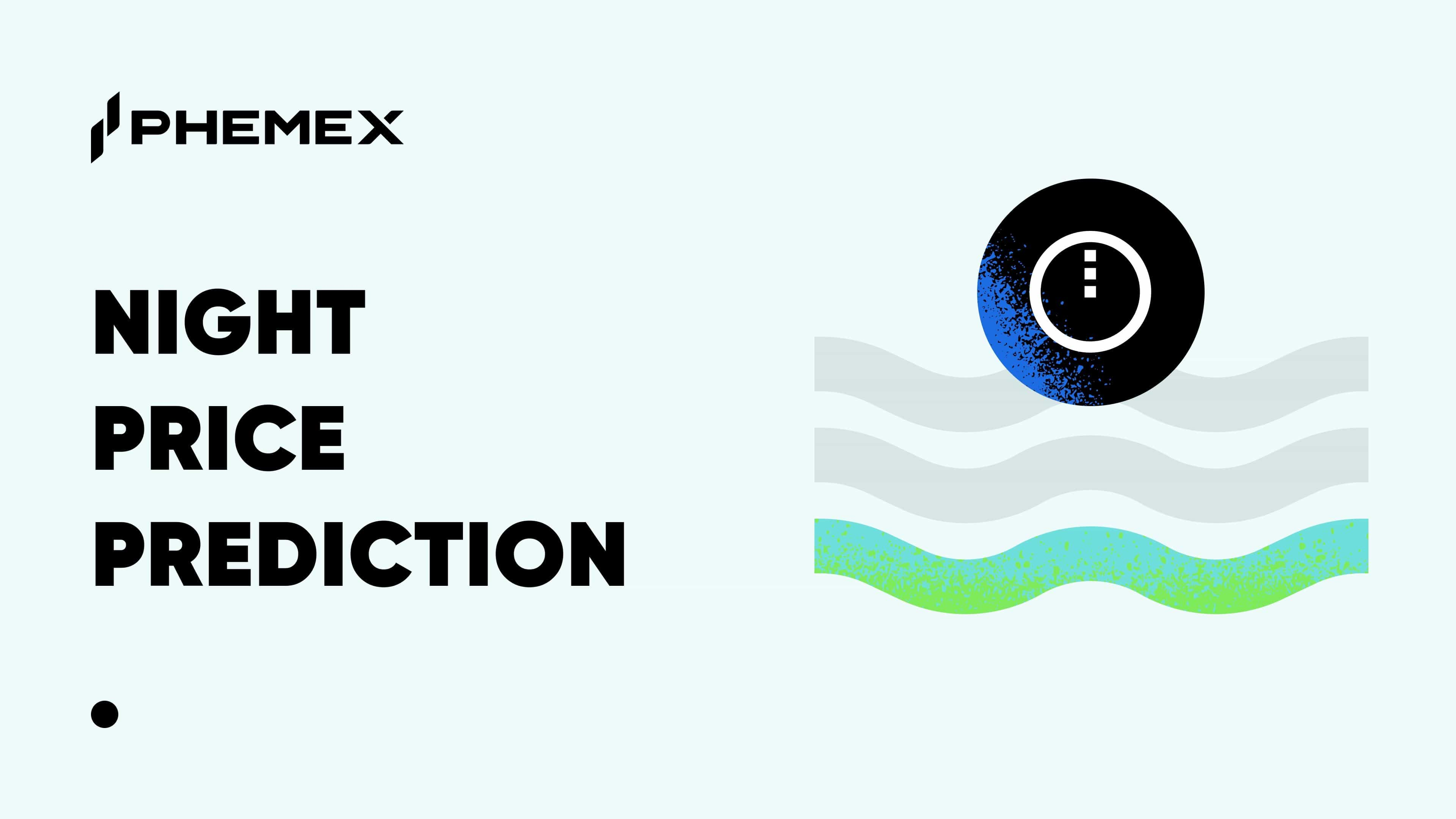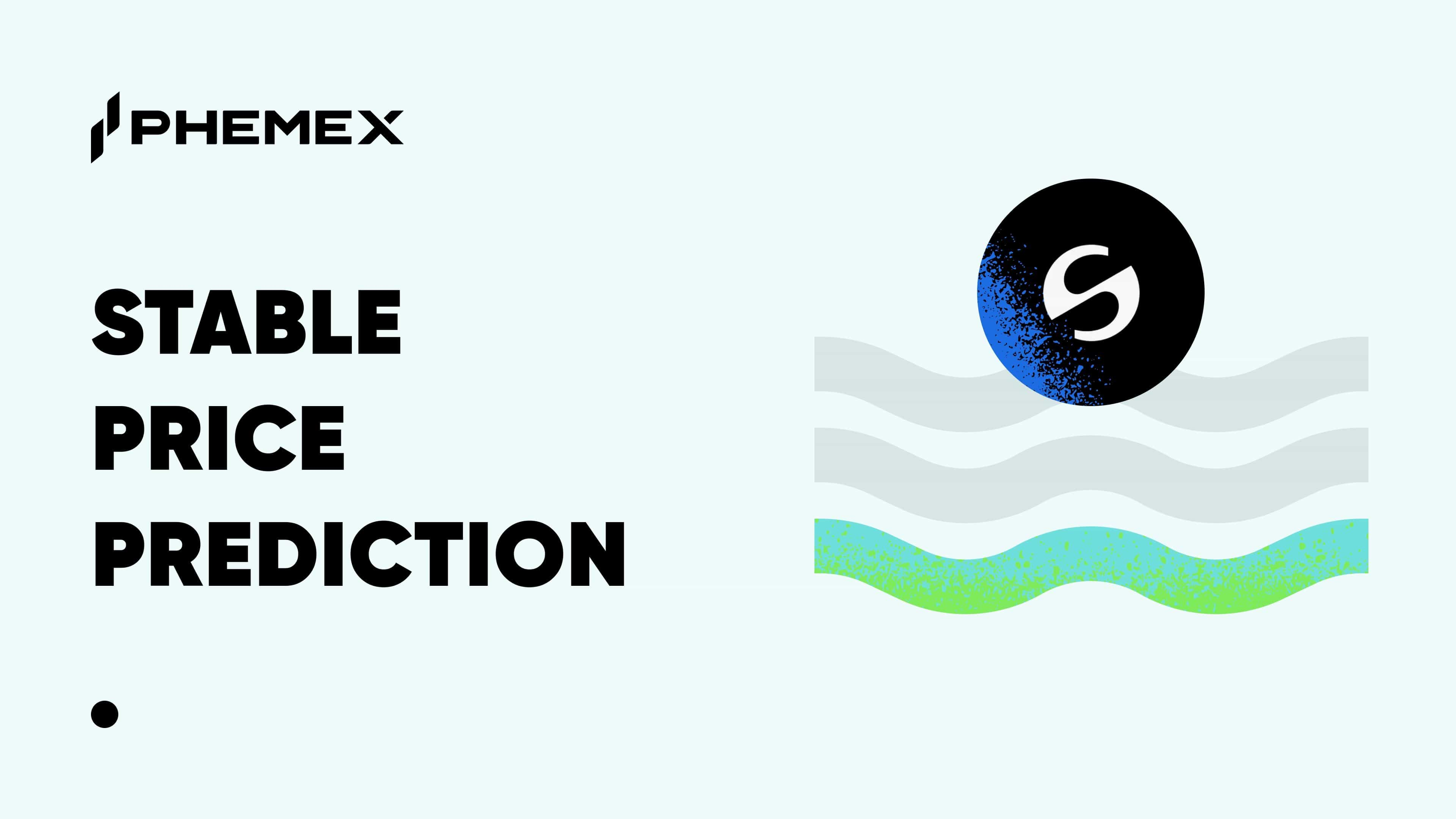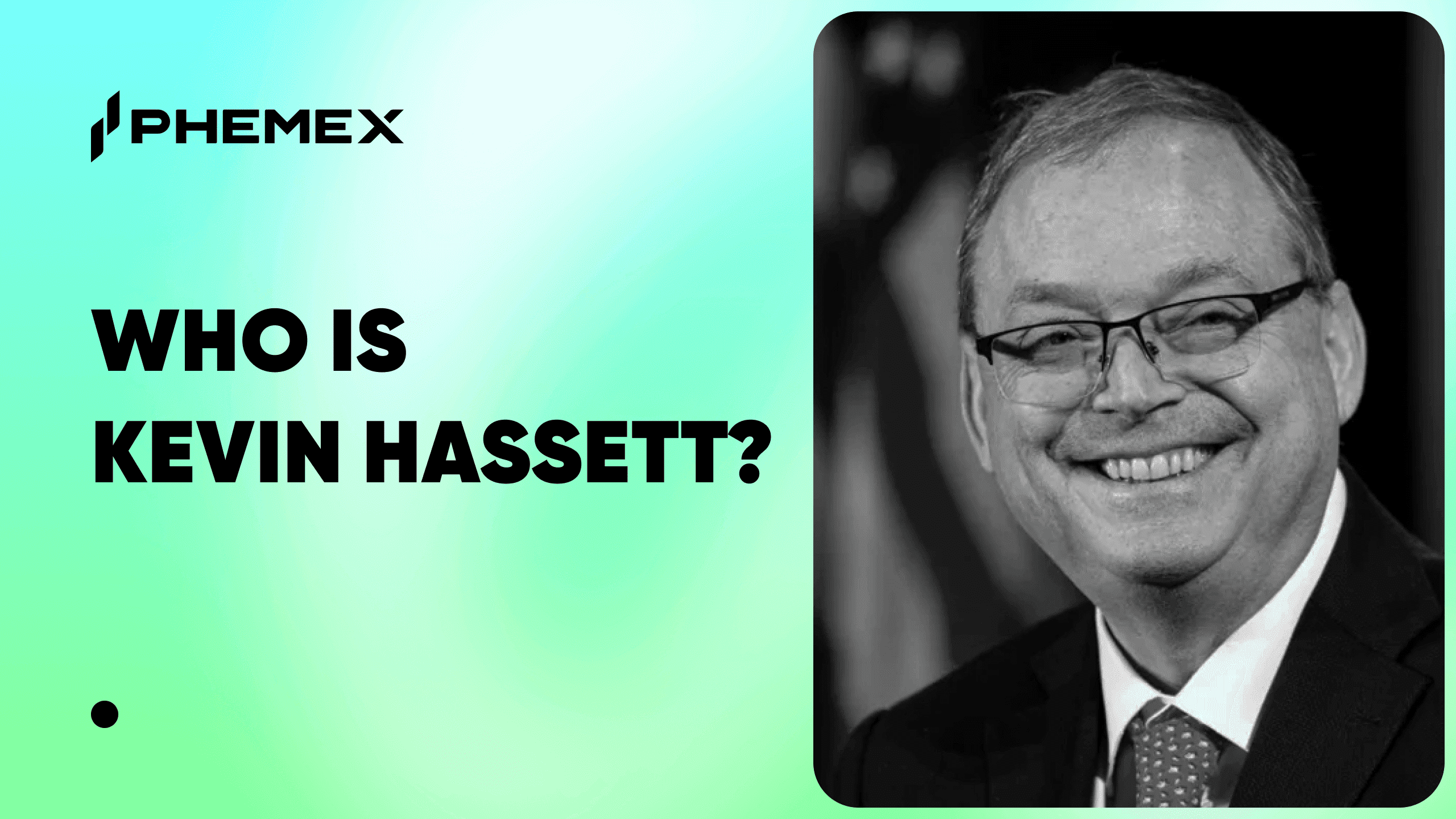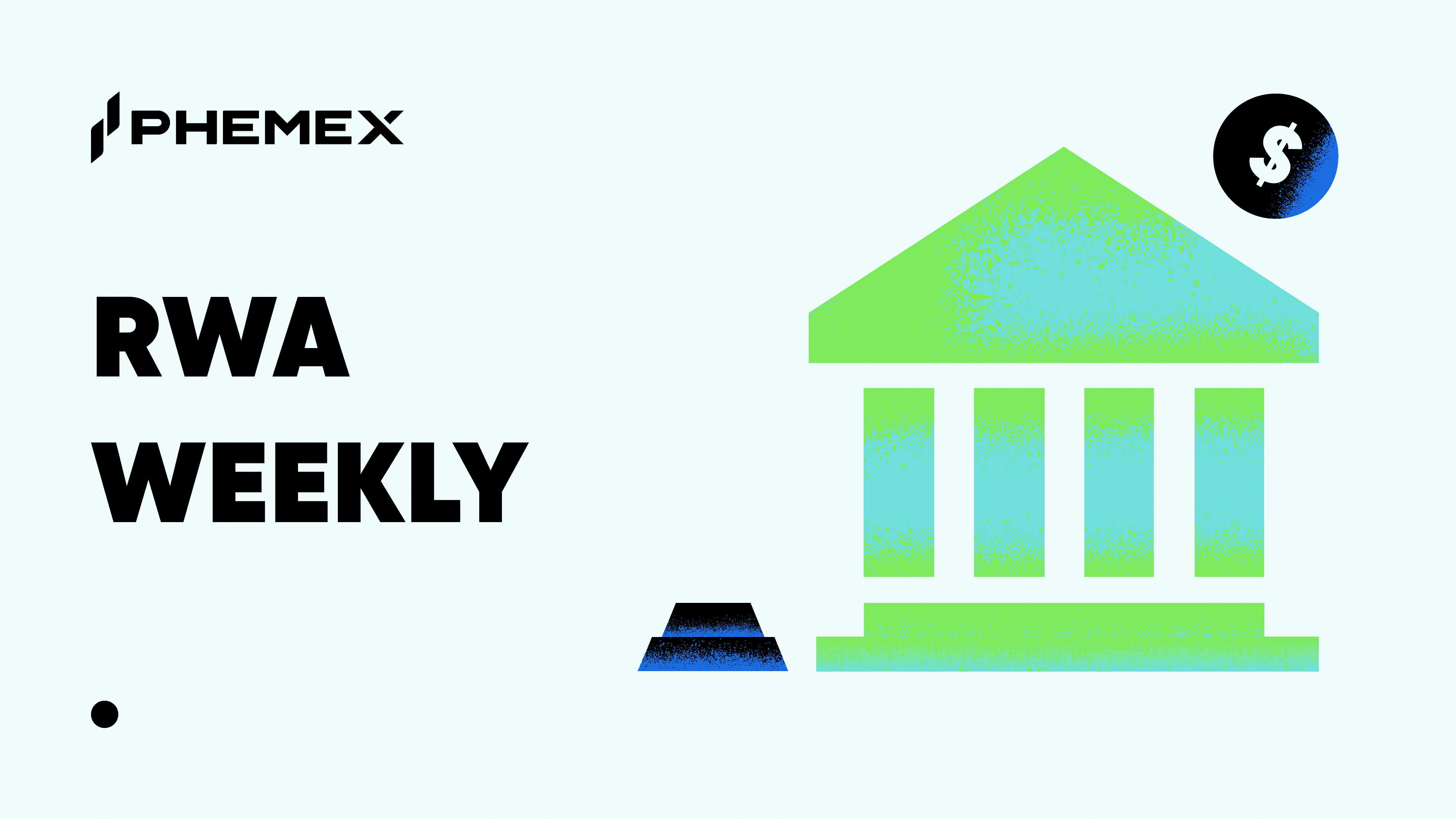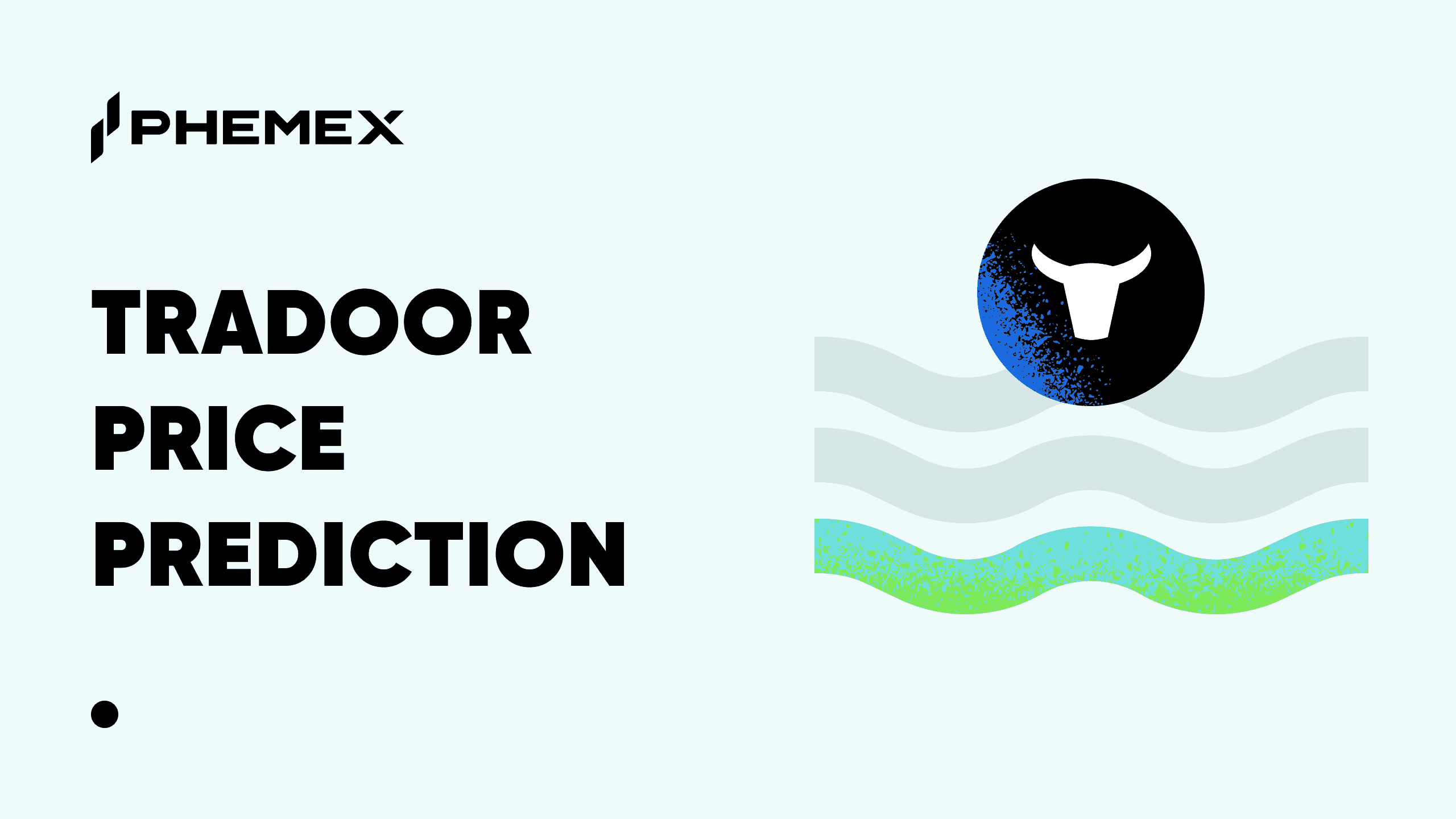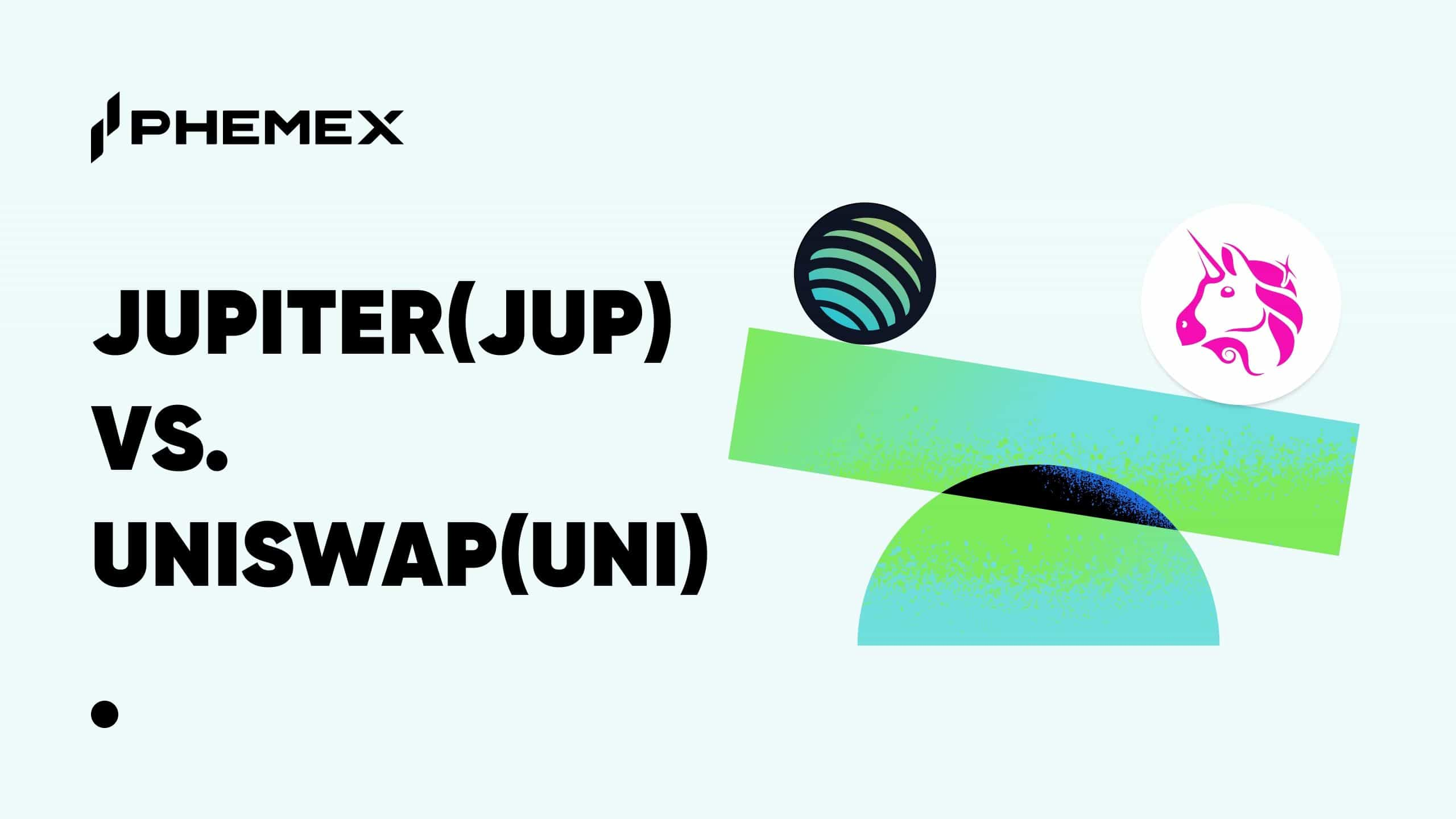In the digital wild west of cryptocurrency, where fortunes are made and lost in the blink of an eye, two names have become synonymous with the rebellious spirit of privacy: Zcash (ZEC) and Monero (XMR). These aren't your mainstream, headline-grabbing digital assets discussed over brunch. Instead, they are the shadowy figures of the crypto world, champions of anonymity in an age where financial privacy is a dwindling luxury. For the discerning investor, the choice between them is more than a matter of portfolio allocation; it's a statement of principle. This is the high-stakes world of privacy coins, a digital frontier where the line between secrecy and security is razor-thin. As we stand in 2025, the question looms larger than ever: which of these titans of privacy presents the more compelling investment? In this deep dive, we'll dissect the technology, performance, and philosophies of ZEC and XMR to determine which is better: ZEC or XMR.
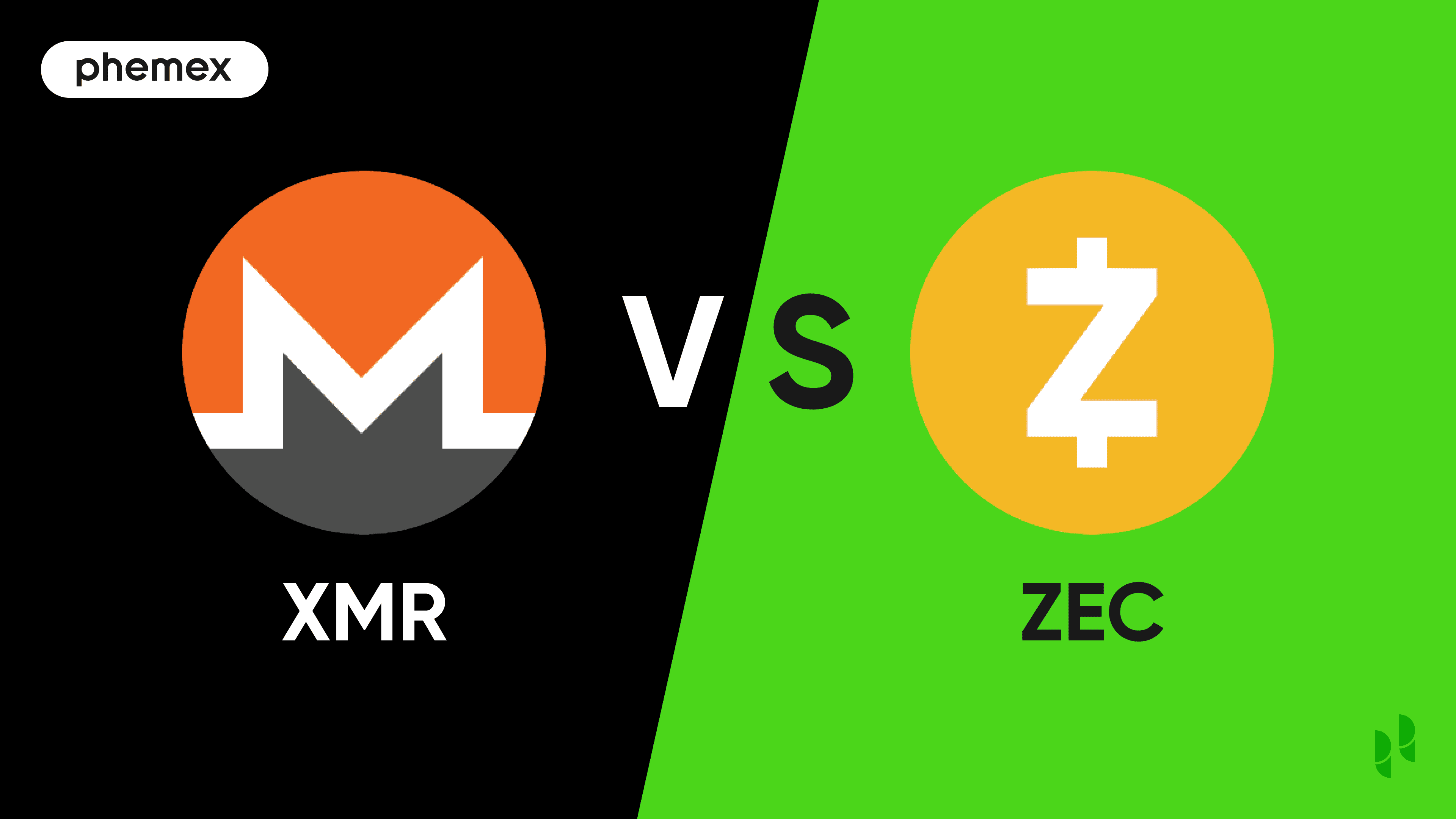
Summary
-
Zcash (ZEC) aims to provide "privacy-protecting digital currency" by giving users the option to conduct transactions privately through its groundbreaking zk-SNARKs technology.
-
Monero (XMR) is built from the ground up for mandatory privacy, using a suite of cryptographic techniques like ring signatures and stealth addresses to make all transactions untraceable by default.
-
The fundamental difference lies in their approach: Zcash offers optional privacy, while Monero enforces it, creating distinct technological and philosophical landscapes.
-
For traders looking to gain exposure to this sector, Zcash (ZEC) is available for both spot and futures trading on Phemex, a premier platform for digital assets.
What Is Zcash (ZEC)?
Zcash, which launched in October 2016, can be thought of as Bitcoin with a cloak of invisibility. It was born from the same open-source codebase as Bitcoin but introduced a revolutionary feature: the ability to shield transactions from public view. This is achieved through a cryptographic marvel known as zk-SNARKs (Zero-Knowledge Succinct Non-Interactive Arguments of Knowledge), a technology that allows a transaction to be verified as legitimate without revealing any of the sensitive data—sender, receiver, or amount.
The Zcash network operates on a Proof-of-Work (PoW) consensus mechanism, similar to Bitcoin, and has a fixed supply of 21 million coins, creating a deflationary economic model. Its unique proposition is the dual-address system. Users can choose between transparent addresses (t-addresses), which function like standard Bitcoin addresses with publicly viewable transactions, and shielded addresses (z-addresses), which leverage zk-SNARKs for complete privacy. This flexibility allows Zcash to navigate the complex regulatory landscape, offering transparency when needed while still providing a robust privacy solution.
Major use cases for Zcash extend beyond simple peer-to-peer payments. It's being explored for private donations, cross-border remittances where financial discretion is paramount, and even as a privacy layer for decentralized finance (DeFi) applications. However, the effectiveness of its privacy hinges on the widespread adoption of shielded transactions, a challenge the community is actively addressing. Development is steered by the Electric Coin Company (ECC) and the Zcash Foundation, which receive a portion of the block rewards to fund ongoing research and ecosystem growth.
What Is Monero (XMR)?
If Zcash is Bitcoin with an optional invisibility cloak, Monero is a ghost in the machine. Launched in April 2014 as a fork of Bytecoin, Monero was built with a single, uncompromising purpose: to be the most private, untraceable digital currency in existence. Unlike Zcash, privacy on the Monero network is not an option; it is the default and only mode of operation. Every transaction, by its very nature, is obfuscated.
Monero achieves this through a powerful trifecta of cryptographic technologies. First, ring signatures group a sender's transaction with a number of decoy transactions, making it computationally impossible to determine the true origin of the funds. Second, Ring Confidential Transactions (RingCT), an enhancement introduced later, hides the amount of XMR being sent. Finally, stealth addresses create unique, one-time public addresses for each transaction, ensuring that the recipient's actual address is never revealed on the blockchain. This multi-layered approach makes Monero's blockchain opaque, a stark contrast to the transparent ledgers of most other cryptocurrencies.
Like Zcash, Monero uses a Proof-of-Work consensus mechanism, but its algorithm, RandomX, is specifically designed to be resistant to ASIC miners, promoting a more decentralized and egalitarian mining environment. Monero also has a unique tokenomic model. While it has an initial supply of 18.4 million XMR, it features a "tail emission" that perpetually adds 0.6 XMR to each new block. This ensures that miners are always incentivized to secure the network, providing long-term sustainability. The project is driven by a passionate, decentralized community of developers, many of whom remain anonymous, reflecting the project's core ethos.
Key Similarities
Despite their different approaches, Zcash and Monero share a common DNA that places them in the same elite class of privacy-focused cryptocurrencies.
-
Core Mission: Both projects were born out of a desire to provide a level of financial privacy that is absent in mainstream cryptocurrencies like Bitcoin and Ethereum. They are fundamentally tools for financial sovereignty.
-
Proof-of-Work Consensus: Both Zcash and Monero rely on a Proof-of-Work (PoW) consensus mechanism to secure their networks, though they use different mining algorithms.
-
Decentralized Nature: Both cryptocurrencies are built on decentralized blockchains, meaning they are not controlled by any single entity, such as a bank or government.
-
Store of Value: Both ZEC and XMR have deflationary or low-inflationary models, positioning them as potential long-term stores of value for investors concerned about the devaluation of fiat currencies.
-
Target Audience: They appeal to a similar demographic of users: privacy advocates, individuals in regions with oppressive financial surveillance, and anyone who believes that financial privacy is a fundamental human right.
Major Differences
The true story of ZEC vs XMR is told in their differences. These are not just minor technical distinctions; they represent fundamentally different philosophies on how to achieve and deliver privacy.
Technology
The technological divergence between Zcash and Monero is the most critical point of comparison. Zcash’s use of zk-SNARKs is arguably the most advanced privacy technology in the crypto space. It offers cryptographic proof of a transaction's validity without revealing any data, providing what is known as "perfect" privacy. However, this technology is complex and, until recently, required a "trusted setup"—a cryptographic ceremony to generate the public parameters for shielded transactions. While this process has been made more secure over time, it has been a point of contention for some in the crypto community. The key takeaway is that Zcash's privacy is optional.
Monero, on the other hand, employs a more layered, "privacy-by-default" model. Its use of ring signatures, RingCT, and stealth addresses creates a system of plausible deniability. While an outside observer can see that a transaction has occurred, they cannot definitively link the sender, receiver, or amount. This approach makes the entire Monero blockchain opaque. There is no "trusted setup," and because privacy is mandatory, the anonymity set—the pool of users whose transactions are mixed together—is much larger, theoretically providing stronger privacy guarantees.
Transaction Speed & Fees
When it comes to performance, the differences are nuanced. Zcash's block time was originally set to be faster than Bitcoin's, and with network upgrades like "Blossom," the target block interval was halved to 75 seconds. Transaction fees on the Zcash network are typically very low, often just a fraction of a cent.
Monero has a dynamic block size and a block time of approximately two minutes. Fees on the Monero network are also generally low but can fluctuate based on network congestion. A significant development for Monero was the implementation of "bulletproofs" in 2018, a technology that dramatically reduced the size of its confidential transactions by over 80%, leading to a significant drop in transaction fees. To truly compare ZEC and XMR performance, one must consider both the on-chain metrics and the user experience, with both offering relatively efficient and low-cost transactions.
Adoption & Community
Monero has a clear edge in real-world adoption, particularly within communities that prioritize privacy above all else. It is the most widely accepted currency on darknet markets, a testament to the strength of its privacy features. The Monero community is a grassroots, decentralized collective of developers and enthusiasts who are deeply committed to the project's ideals.
Zcash has taken a more mainstream approach, with the Electric Coin Company and the Zcash Foundation actively engaging with regulators and institutions. This has led to Zcash being listed on more regulated exchanges, though it has also faced delistings due to regulatory pressure, similar to Monero. The community is robust, but the project's development is more centralized than Monero's.
Security & Transparency
Both projects are highly secure, but their transparency models differ greatly. Zcash's development is funded by a portion of the block reward, which is distributed to the ECC, the Zcash Foundation, and a grant program. This provides a clear funding stream for development but has also led to debates about centralization. The optional privacy model also means that the majority of Zcash transactions are transparent, which some argue weakens the overall privacy of the network.
Monero’s development is funded through community donations, a model that is more decentralized but less predictable. The project's core development team is largely anonymous, which aligns with its privacy-first ethos but can be a point of concern for some investors. The mandatory privacy of Monero means that its entire blockchain is opaque, providing a high degree of security through obscurity.
Trading Liquidity
Both ZEC and XMR have faced challenges with exchange listings due to regulatory scrutiny. Many exchanges have delisted these assets to comply with anti-money laundering (AML) regulations. However, Zcash's optional transparency has helped it maintain a presence on major platforms like Phemex, which provides a reliable venue for trading. Monero, with its mandatory privacy, generally has higher trading volume but is found on a different set of exchanges due to its regulatory profile.
Performance & ROI
Historically, both ZEC and XMR have been volatile assets, with their prices often influenced by broader market trends and regulatory news. Market sentiment for privacy coins is often a double-edged sword. While there is a growing demand for financial privacy, there is also a persistent fear of government crackdowns.
The following table provides a snapshot of key metrics for Zcash and Monero to help investors compare ZEC and XMR performance.(Data as of October 10, 2025)
| Metric | Zcash (ZEC) | Monero (XMR) |
| Price | $232.14 | $341.89 |
| Market Cap | $3,783,693,704 | $6,302,348,233 |
| 24-Hour Trading Volume | $1,157,449,279 | $243,634,351 |
| Circulating Supply | 16,323,729 ZEC | 18,446,744 XMR |
| Max Supply | 21,000,000 ZEC | ∞ (Tail Emission) |
| Performance (24H) | +37.8% | +2.5% |
| Performance (7D) | +71.3% | +2.5% |
| Performance (30D) | +378.4% | +27.5% |
| Performance (1Y) | +694.2% | +128.6% |
As the data illustrates, both coins have seen positive returns over the past year, but Zcash has demonstrated exceptionally strong short-term momentum. Monero maintains a larger market capitalization, suggesting a more established position, while Zcash's recent performance and high trading volume indicate a significant surge in trader interest. As always, past performance is not indicative of future results, and these figures reflect a market that is constantly in flux.
How to Buy & Trade on Phemex
For investors and traders looking to capitalize on Zcash’s powerful technology and recent market momentum, Phemex offers a sophisticated and user-friendly platform. Unlike many exchanges that have shied away from privacy-focused assets, Phemex provides deep liquidity for ZEC through both spot and futures markets.
Here’s how to trade ZEC on Phemex:
-
Sign Up: Create your account on Phemex. The registration process is fast and secure.
-
Deposit Funds: Fund your account to begin trading. You can deposit cryptocurrency or easily purchase stablecoins like USDT.
-
Choose Your Market:
-
For Spot Trading: Navigate to the "Spot" section and search for the ZEC/USDT pair. Here, you can buy ZEC to hold as a long-term investment.
-
For Futures Trading: Go to the "Contract" section and select the ZEC/USDT perpetual contract. This allows you to trade with leverage to speculate on ZEC's price movements without holding the underlying asset.
-
-
Place Your Order: Whether you're in the spot or futures market, you can place a market order for instant execution or a limit order to trade at a specific price point.
-
Manage Your Position: Monitor your ZEC holdings in your spot wallet or keep track of your futures position in the contract trading interface.
By offering both spot and perpetual contracts for ZEC, Phemex empowers traders to execute diverse strategies, from simple buy-and-hold to more complex leveraged trades.
Which One Should You Choose? (Not Financial Advice)
The choice between ZEC and XMR is not just an investment decision; it's an alignment with a particular philosophy of privacy. This is not financial advice, but rather a framework for making an informed choice based on your own priorities.
-
If you prioritize cutting-edge technology and regulatory flexibility, ZEC might be the right choice for you. Its use of zk-SNARKs represents the pinnacle of cryptographic privacy, and its optional transparency model may help it navigate the evolving regulatory landscape more effectively. Zcash is a bet on the future of zero-knowledge technology and its potential for mainstream adoption.
-
If you prioritize uncompromising, always-on privacy and a decentralized, community-driven ethos, XMR could be the better fit. Monero’s mandatory privacy ensures that all users benefit from a large anonymity set, and its grassroots community is fiercely dedicated to its mission. Monero is a statement that financial privacy is not a feature but a necessity.
Ultimately, the question of which is better: ZEC or XMR? depends on your personal convictions and risk tolerance. Both are formidable projects with dedicated communities and powerful technology.
Conclusion
In the grand theater of cryptocurrency, Zcash and Monero play a vital role. They are the guardians of financial privacy, the last stand against a world of increasing surveillance. While they take different paths to achieve their goal, their shared mission is more relevant than ever. For the modern investor, they represent a unique opportunity to invest in a principle as much as a technology. The debate between them will continue to evolve, but one thing is certain: the future of digital finance will be shaped by the ideas they champion.
Ready to explore one of the world's premier privacy projects? Dive into Zcash directly—trade ZEC spot or futures on Phemex today.





